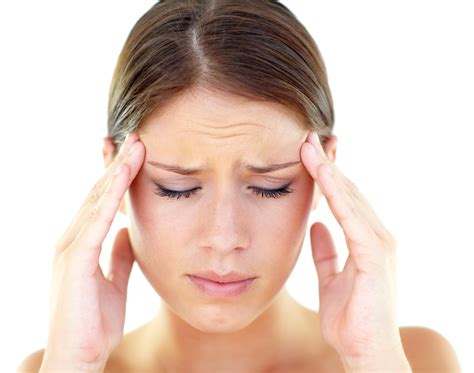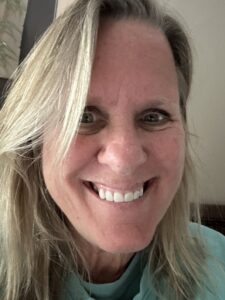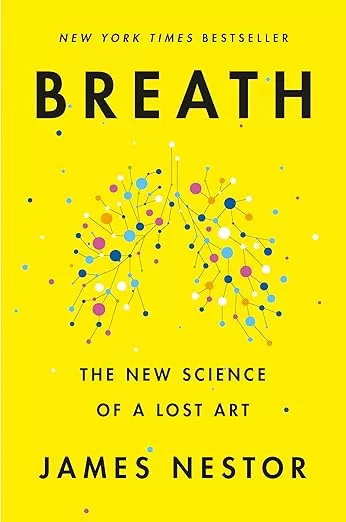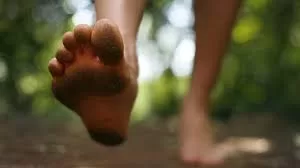Listening to the Body’s Deeper Intelligence
Craniosacral Therapy (CST) is a gentle approach to listening to the body’s own deeper mind-body intelligence. Rather than trying to “fix” a symptom, I listen with my hands and my presence to what your system is already communicating. When the body feels safe enough to express itself, the central nervous system begins to balance, nourish, and restore itself from within.
This work opens communication with the essence and core of each individual. When the craniosacral rhythm is flowing freely, people often feel deeply relaxed, more aligned, and connected to themselves again. Over the years, I’ve seen clients leave sessions feeling lighter, clearer, and more at peace in both body and spirit.
Why I Was Drawn to Craniosacral Therapy
I first experienced craniosacral therapy decades ago. What struck me most was how such light touch could create such profound change. My body softened. My mind quieted. I felt healthier and more whole.
As a practitioner now, I use CST as the foundation of my work because it meets people exactly where they are. The body knows what it needs — my role is to listen deeply, stay neutral, and help the system find its own natural balance.
Many people assume that light touch is less effective than deep tissue work. In reality, working gently with the tissues and dialoguing with the nervous system is often far more powerful for lasting healing. The change arises organically rather than being imposed from the outside.
An Integrative, Trauma-Informed Approach
My practice combines craniosacral therapy, somatic therapy, visceral manipulation, and energy healing in an intuitive, trauma-informed way. Every session is customized to the person in front of me. I draw on what I’ve learned from the Hakomi Method, Barbara Brennan Healing Science, Upledger CST, and years of working with clients through trauma, injury, and personal transformation.
This integrative model allows the body to unwind from multiple levels — structural, emotional, energetic, and spiritual. Healing is never just physical; it’s a whole-person process.
What Happens in a Typical Session
When a client arrives, I begin by listening. The first few minutes are about connecting — hearing what brings them in, noticing their tone of voice, posture, and how they inhabit their body. Everything tells a story about how their system is adapting and compensating.
After about ten minutes, the client lies fully clothed on the table. I place my hands gently at different areas — head, sacrum, feet — and listen to the craniosacral rhythm. This subtle motion naturally goes into flexion and extension with pauses in between. I assess its quality, rate, and symmetry. Where there are restrictions, I support the tissues in finding balance.
Sessions last about 75 minutes, longer than most bodywork sessions, because I want clients to have time to drop into deep stillness without feeling rushed. Afterward, I ask what shifts they noticed and how they might integrate these changes into daily life. Healing continues long after the session ends.
How I Track Progress
Progress often shows up in small but meaningful ways — easier movement, deeper sleep, less anxiety, or feeling more “present” inside the body. Each session, I ask questions to help clients notice what’s changing.
Because the work is so individualized, I often suggest people start with three sessions to feel how their system responds. From there, we adjust frequency based on their goals and progress. Some people come short-term for an acute issue; others choose ongoing sessions for maintenance, stress relief, and emotional regulation.
Somatic Therapy: Bringing Awareness and Empowerment
Somatic therapy helps clients develop awareness of how emotions and experiences live in the body. Using a Hakomi approach, I notice subtle cues — a breath held, a shoulder tightening — and may reflect or ask mindful questions to bring unconscious patterns to light.
Sometimes, we explore these through small “experiments” in awareness. This isn’t talk therapy; it’s an embodied inquiry that helps people discover their own inner wisdom. When someone becomes more self-aware, they naturally become more self-empowered. They begin to trust their body again and make new choices from a grounded place.
Visceral Manipulation: Restoring Internal Balance
Visceral manipulation focuses on the gentle mobilization of the organs and their connective tissues. Every organ in the body needs a certain freedom of motion to function optimally. When there’s restriction — from injury, surgery, posture, or emotional tension — it can affect digestion, breathing, or pelvic health.
I often work with women who experience pelvic discomfort, digestive issues, or breathing limitations. Through subtle assessment and touch, I help release restrictions so the organs can move in harmony again. This work often relieves pain, improves range of motion, and restores vitality throughout the entire system.
A Trauma-Informed Lens
Over the years, I’ve worked with many women who have experienced sexual abuse or boundary violations. Healing touch must always be guided by safety and choice. Sometimes clients say they want touch but their body shows hesitation. In those cases, we pause and explore what safety feels like together before any physical work begins.
Empowerment is at the heart of trauma-informed care. My goal is never to override a client’s readiness but to help them rebuild trust in their own boundaries and sensations. Healing is not about forcing release — it’s about re-establishing connection to the self in a way that feels deeply safe.
Real Stories of Change
Over the years, I’ve witnessed remarkable outcomes — not because of me, but because of how powerfully the body can heal when listened to.
- Tinnitus relief: A woman came in with persistent tinnitus that had been plaguing her for months. By the end of the session, the ringing had stopped — and it remained quiet when we followed up later.
- Chronic headaches: Another client had experienced daily headaches for six years. Within ten minutes of gentle craniosacral work, the pain disappeared and stayed away.
- Post-accident recovery: A young woman who’d been in a car accident and lost her baby struggled to walk and was overwhelmed by grief. After ten sessions, she could move more freely, felt calmer, and began reconnecting with life.
- Concussion and sensory overload: One woman with foggy thinking and extreme light sensitivity after a concussion felt clear enough after ten sessions to resume outdoor activities and adventures again.
- TMJ Jaw and mouthwork that released tension in the jaw and joints.
- Post Surgery Recovery A client recovered quickly after breast surgery. Her range of motion and flow was much better.
Not every case shifts this quickly — each person’s healing journey unfolds uniquely. But these stories remind me daily of why I do this work.
Physiological and Energetic Perspectives
Physiologically, I believe that every relationship and life experience influences the body. When I come from my higher self — grounded, experienced, and connected — it opens communication down to the cellular and even quantum level. The body begins to reorganize itself toward health.
Energetically, I work with both flow and structure. Sometimes that means clearing congestion in the chakras or balancing the auric field. These subtle levels often correspond directly to physical tension and emotional holding patterns.
Who Can Benefit
Craniosacral therapy can benefit nearly anyone — from babies to seniors. I work with people dealing with:
- Back and neck pain
- Fibromyalgia and chronic fatigue
- Migraines and headaches
- Stress and anxiety
- Nervous-system dysregulation
- Emotional trauma
- Postural imbalances and limited range of motion
- A general sense of disconnection or depletion
- TMJ Relief
The only contraindications are conditions like active aneurysms, blood clots, or other medical issues that require more acute care. Otherwise, this work supports overall wellness and prevention by helping the body function at its best.
A Community Approach to Healing
Since moving to the Worthington area, I’ve noticed a need for more connection among bodyworkers and healers. I believe in collaboration and often refer clients to other trusted professionals — physical therapists, massage therapists, chiropractors, and counselors — to make sure they get the most comprehensive support possible.
Putting the client’s needs first means honoring all aspects of their healing. True wellness happens when we see the whole person, not just a symptom.
Why I Do This Work
I do this work because I believe each of us is capable of evolving into the best version of ourselves. My teachers and experiences have shown me that living with core values — curiosity, compassion, and authenticity — brings meaning and purpose to life.
When we learn to listen to the wisdom of the body, life begins to flow differently. Healing is not just about relief from pain; it’s about remembering who we truly are and allowing life to support us fully.
Begin Your Own Healing Journey
If you’re curious about how craniosacral therapy, somatic therapy, or visceral manipulation can help you, I’d love to meet you.
My 75-minute sessions in Worthington, Ohio, offer a peaceful space to unwind, rebalance, and reconnect with your own inner wisdom.
You can reach me on my main page at: craniosacraltherapistcolumbus.com or call 614-653-8111 to schedule an appointment. Together, we’ll explore what your body is ready to release — and what new possibilities it’s ready to open to.








